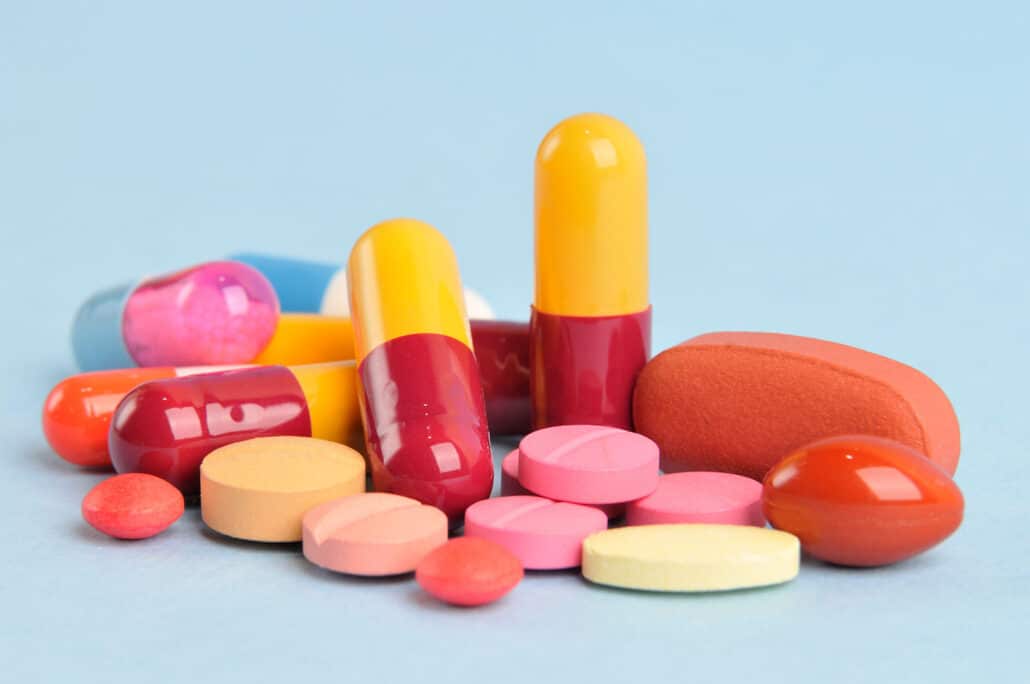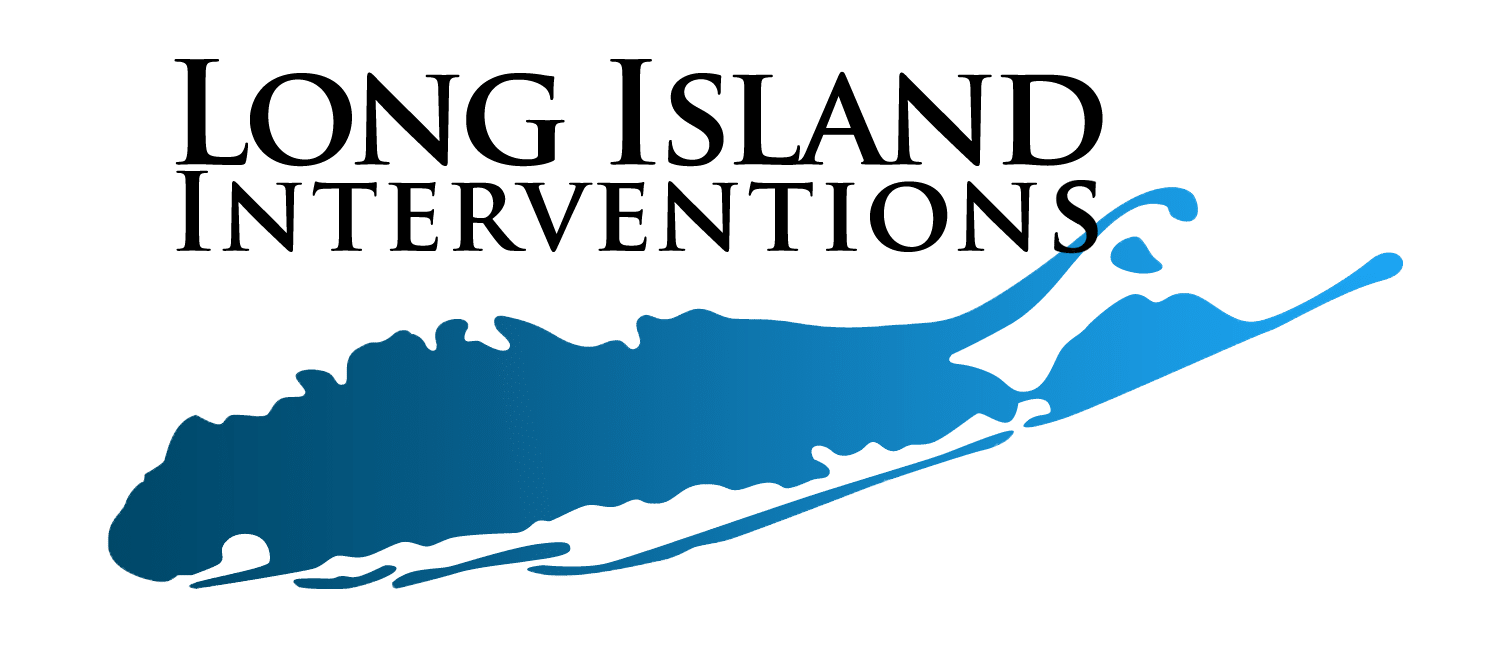Stimulant addiction is rampant in the U.S., affecting millions of Americans as young as 12.
That’s why we have specialized stimulant addiction treatment programs. These programs offer a combination of different solutions like detoxification and therapies, while considering other challenges like medical or psychological conditions.
This comprehensive guide to stimulant addiction treatment contains relevant information regarding stimulant addiction, its impact on health and society, and the types of treatment plans available.

Table of Contents
- 1 Understanding Stimulant Addiction
- 2 Types of Stimulant Addiction Treatment Programs
- 3 Components of Effective Stimulant Addiction Treatment Programs
- 4 Medication Options for Stimulant Addiction Treatment
- 5 How to Choose the Right Stimulant Addiction Treatment Program
- 6 Overcoming Barriers to Accessing Stimulant Addiction Treatment
- 7 Preventing Stimulant Addiction
- 8 To Wrap It Up
Understanding Stimulant Addiction
Stimulants are either prescribed or used illegally. Either way, uncontrolled usage results in overstimulation or abuse, leading to more complex problems.
A. Definition and Types of Stimulants
Stimulants are psychoactive substances that enable short-term, optimal mental functioning. As a result, the user can become more alert or energetic.
They’re available in different forms, such as tablets, crystals, and powder. The common types of stimulants include:
1. Cocaine and Crack Cocaine
Cocaine is a highly addictive stimulant derived from the coca plant. In 2021, 1.4 million Americans over 12 suffered from cocaine use disorder in the past year.
Cocaine is the powder form and is introduced to the body by snorting or melting it in water and administering it through injection. Crack cocaine, on the other hand, is the crystalline form with a base product. It’s usually smoked or inhaled.
Administering both crack and cocaine by injection or smoking increases the risk of addiction. Likewise, prolonged usage may lead to organ system damage, with long-term use posing more risk for death.
2. Amphetamines
Amphetamines are synthetic drugs that work by stimulating the central nervous system and helping release the hormone dopamine.
Some of the effects of amphetamines are increased focus, alertness, and hunger suppression. Consequently, they’re used as recreational drugs, especially by students, thus, the term “study drugs.”
Interestingly, from the 1930s to the 1950s, amphetamines were used as a medication for obesity, narcolepsy, and depression. However, using amphetamines to manage those conditions was discontinued due to adverse effects like malnutrition and psychosis.
Amphetamines vs Methamphetamines: What’s the Difference?
Methamphetamine is an amphetamine derivative that’s rarely used for treatment purposes.
They’re more potent than amphetamines and are available in different forms. We have powder meth and crystal meth, which are purer and more addictive than other methamphetamines, especially when taken through smoking or injection.
3. Prescription Stimulants
Prescription stimulants like Adderall and Ritalin are medications for ADHD or attention deficit hyperactivity disorder.
However, misuse of prescription stimulants by overdosing or irresponsible use to get high is rampant. In fact, more than 700,000 Americans over 12 have prescription stimulant disorder in 2020.

Risk Factors of Stimulant Addiction
Genetics is a significant risk factor in substance addiction. Often, persons with immediate biological family members that struggle with drug dependency are most likely to suffer from the same condition.
Aside from genetics, other risk factors that increase the likelihood of stimulant addiction include:
- Exposure to violence or criminal activities
- Mental health conditions
- History of drug misuse
- Peer pressure
- Lack of parental support
- Too much stress
Adverse Effects of Stimulant Addiction on Physical and Mental Health
A person suffering from stimulant misuse disorder may experience physical health issues, such as:
- Headaches and dizziness
- Malnutrition
- Increased body temperatures
- Cardiovascular and respiratory problems (trouble breathing, chronic palpitations, and organ damage)
- Gastrointestinal problems
- Stroke and brain hemorrhages
- Seizures
- Muscle wasting and exhaustion
Apart from adverse physiological effects, stimulant addiction leads to several conditions that cause a person’s mental or psychological health to decline.
- Depression and anxiety
- Insomnia
- Hallucinations
- Inability to make decisions or judgment
- Panic attacks
- Aggressiveness
Worst of all, stimulant addiction may lead to sudden death. According to the National Institute on Drug Abuse, 53,495 deaths in 2021 were related to stimulant overdose, specifically cocaine and psychostimulants.

Types of Stimulant Addiction Treatment Programs
Licensed or accredited treatment facilities with skilled clinical staff and professionals can help with successful recovery and withdrawal. They offer detoxification, counseling, therapies, and other activities that promote sobriety.
Amenities like recreational spaces may be available depending on the program package or facility. Generally, the length of treatment may last for days or months, depending on a person’s medical needs or factors issued by the clinician.
For a better understanding, here are the different stimulant addiction treatment programs and their advantages:
Inpatient Treatment
Inpatient treatment programs offer in-house treatment with 24/7 monitoring.
This treatment program includes detoxification supervised by medical experts. At the same time, the treatment is inclusive of counseling sessions involving families of people with substance misuse disorder.
The inpatient treatment program fits individuals struggling with long-term stimulant use disorders.
Outpatient Treatment
Outpatient treatment is suitable for people who want to achieve a balance between their personal life and recovery program.
This program has a more flexible schedule, where clients must only check in for a few hours for medication and counseling. Often, outpatient programs rarely include medical interventions, focusing more on psychosocial interventions.
Residential Treatment
Unlike inpatient treatment programs, residential treatment takes place in a non-specialized treatment facility, allowing people with substance misuse disorder to live alongside other individuals with the same struggles.
It provides a safe and supportive environment for people with substance misuse disorder.
This treatment program is suitable for patients suffering from severe stimulant addiction. It’s also helpful for those lacking a supportive family or friends to help with their recovery journey.
Partial Hospitalization Programs (PHP)
This program is an intensive hospital-based treatment, also known as day treatment.
The program may take at least 20 hours per week, and individuals may receive both medical and psychiatric services during this duration.
This kind of service is suitable for people likely to relapse or with existing mental conditions.
Intensive Outpatient Programs (IOP)
The intensive outpatient program takes at least nine hours per week.
Those who don’t need detoxification and have a safe and supportive home environment are good candidates for this program.

Components of Effective Stimulant Addiction Treatment Programs
Evidence-based therapies, counseling sessions, and aftercare planning make up an effective treatment program. Let’s uncover their advantages.
Evidence-Based Therapies
These methods are proven effective by scientific experiments. Evidence-based therapies involve psychological approaches in caring for individuals suffering from substance misuse disorder.
The goal of evidence-based therapy is to increase treatment success for recovering people. It’s usually made up of the following techniques:
- Cognitive-behavioral therapy (CBT): Aims to change negative thinking patterns and develop a mindset that will help individuals manage cravings or triggers
- Dialectical behavior therapy (DBT): Seeks to address a person’s self-destructive behavior or suicidal tendencies, which is proven effective in managing a person’s emotions
- Motivational interviewing (MI): Focuses on encouraging clients to develop goals and make choices that will motivate them to maintain sobriety
- Contingency management (CM): Uses a reward system and positive reinforcement to give individuals a sense of motivation
Group and Individual Counseling
Counseling involves a one-on-one session with a counselor or at least five other people for group counseling.
It aims to create a bond with recovering individuals, establish a sense of trust and support, and identify situations and strategies that may contribute to recovery.
Family Therapy and Support
Family-focused therapy may help improve relationships by incorporating an understanding of an individual’s condition.
At the same time, discussion of issues regarding substance abuse or mental illnesses happens during family therapies. This discussion helps build empathy, good communication, and recovery involvement among family members.
Relapse Prevention and Aftercare Planning
After achieving sobriety, aftercare and prevention of relapse are the final points to ensure that an individual is on track to living an addiction-free life.
The aftercare plan involves coping strategies, stress management, employment or educational opportunities, and continued therapy.

Medication Options for Stimulant Addiction Treatment
A comprehensive treatment plan paired with medication helps speed up recovery among persons suffering from stimulant misuse disorders.
Prescription psychostimulants show significant effects in managing stimulant addiction, reducing cravings, and treating coexisting disorders like depression.
Prozac, which is commonly used for treating mental disorders like depression, has shown significant effects in limiting meth cravings.
While prescription psychostimulants may have similar pharmacological effects to that of drugs, they produce zero to little psychoactive effects. Unlike injected, snorted, or smoked stimulants, ingesting prescription stimulants used to manage addiction doesn’t result in euphoric effects.
Other medications used to manage stimulant addiction include methylphenidate, dextroamphetamine, and modafinil.
How to Choose the Right Stimulant Addiction Treatment Program
Choosing the right treatment program is a life-changing decision. This is the first step to a successful recovery, so make sure to choose a program that aligns with your condition, lifestyle, and goals.
Keep the following information in mind when determining the right treatment program for you or your loved one:
Assess Your Own Needs and Preferences
Do you have a job or other personal responsibilities that hinder you from receiving treatment? Would you prefer living in a facility with other people? Do you have underlying medical conditions that may be a challenge in receiving treatment?
Asking yourself questions like these will help you decide on the treatment plan that works for you.
Consider Other Factors Such as Location, Duration, and Cost
Opting for a reputable treatment center or a facility close to your home can be more convenient, especially if you wish to avail of outpatient services. Consequently, it’s helpful to keep family and loved ones involved in the rehabilitation process.
On the other hand, treatment costs can be a major concern, so it’s best to explore treatment packages inclusive only of services you’ll need.
Some insurances may include substance addiction treatment coverage. too.
Research and Compare Different Programs
Aside from complete treatment packages that match your needs, it’s best to look for programs that aim to support recovering persons emotionally.
However, you should be cautious when you’re searching online. Look out for red flags like treatment “brokers” or suspicious advertisements promising instant recovery.
Seek Guidance From Healthcare Professionals
If you can’t decide which program works well for you, don’t hesitate to ask for assistance from your health provider.
Doing so will help you understand the scope of treatment and find a program that matches your condition.
We’d be happy to provide answers to all your treatment-related questions. Contact us today for confidential help.

Overcoming Barriers to Accessing Stimulant Addiction Treatment
Stigma and misinformation are reasons why subjecting to addiction treatment can be challenging. Confidentiality issues are a major concern. too.
It’s important to know that the federal confidentiality law protects your information and records once you apply for substance misuse-related services.
Here at Long Island Intervention, we offer a comfortable and discreet environment that allows people with substance misuse disorder to get the help they need. Our specialists are dedicated to organizing successful treatment programs to aid you with recovery.
Next, insurance coverage and expensive treatment costs are major hindrances in availing treatment. Thankfully, innovations have now made treatment more accessible and affordable.
You may avail of free services through state-funded drug rehab centers or opt for teleconsultation programs that can be free of charge or less pricey.
Preventing Stimulant Addiction
Increasing public education and promoting stigma-free awareness campaigns are fundamental in combating stimulant addiction. Such campaigns focus on at-risk populations, especially young adults.
Currently, organizations like the National Institute on Drug Abuse, Guide, Inc. and Substance Abuse and Mental Health Services Administration are working hand-in-hand with schools, NGOs, and other institutions in providing data about stimulant use, risks, and prevention.
More importantly, being responsible with prescription stimulants and proper education starts at home.
Keep your prescription drug quantities on track, ensure proper drug disposal, and educate your teens or family members about the risks of prescription drug misuse. Contact your health providers to ensure you’re taking the right dose.
To Wrap It Up
After reading our guide, you now know that it’s essential to choose a stimulant addiction treatment that fits your needs and situation.
Usually, treatment plans consist of medication, counseling or psychiatric services, and evidence-based therapies.
Furthermore, an effective stimulant addiction treatment aids in long-term recovery. It also plays a major role in preventing relapses and ensuring that you or your loved ones can go back to your normal lifestyle.
Please contact Long Island Interventions for information about Stimulant Addiction Treatment near you.

